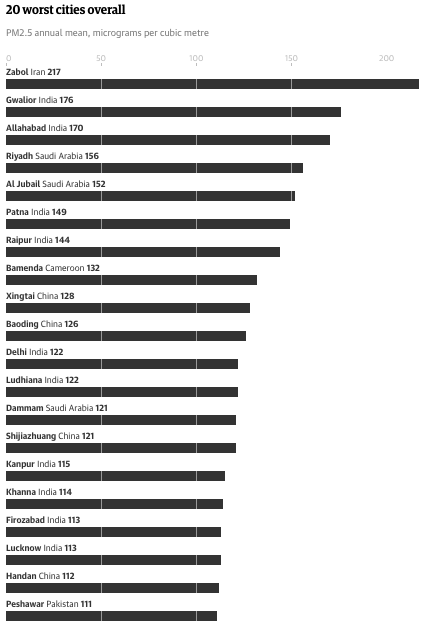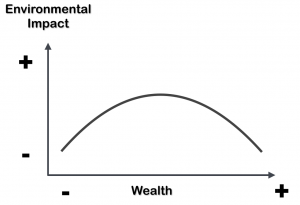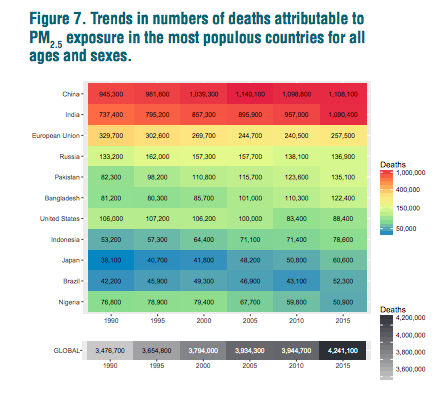
One of the most striking environmental issues of our time is the alarming air quality in the new mega cities of Asia and over the years I have written several posts on this site about the terrible air quality in these cities and in China in particular.
Most of the stories we see about air quality such as an excellent piece in the Guardian are based on the World Health Organisation’s database which tracks the air quality around the world and was updated in 2016. The problem is that much of the data in the database, which you can look at here, is actually from a few years before and it is hard to find a better source without going deeply into a plethora of scientific papers.
What is interesting is that over the last few weeks, a number of stories such as one in the New York Times, have appeared which indicate that the air quality in China is actually getting better!
China officially declared war on pollution 3 years ago and while progress is uneven across the country, the improvement appears to be real.
The situation in China seems to confirm the idea, first put forward by Grossman and Krueger (1991) and Panayotou (1993) that pollution will rise as countries get industrialise and then begin to fall as they become wealthier and move into a post-industrial economy. This idea is usually referred to as an Environmental Kuznets Curve and is hotly contested in the literature.
 In addition to the changing nature of a country or a city’s economy – from industry to services – the other factor is the political process in which increasingly affluent people demand cleaner air and water and are able to pay a bit more money for cleaner sources of power, heat and transportation.
In addition to the changing nature of a country or a city’s economy – from industry to services – the other factor is the political process in which increasingly affluent people demand cleaner air and water and are able to pay a bit more money for cleaner sources of power, heat and transportation.
The World Health Organisation suggests that annual mean concentrations of particulate matter of 2.5 micrometers or smaller should be 10 μg/m3 which show how far off the scale some of the cities in the world actually are.
The problem is that air quality has a direct effect on people’s health. A study by The Institute for Health Metrics and Evaluation which is based in Washington State University and was created by a grant from the Bill and Melinda Gates Foundation, looks at the global state of air quality and attempts to calculate what the impact that air pollution has had on civil society.
The shocking headline of the report is that PM 2.5 is the leading environmental risk factor for death and accounts for 4.2 million fatalities each year. The chart below is taken from the report and shows the deaths attributable to this type of air pollution by country and over time. This data seems to contradict the good news coming from China although one would expect there to be a long time lag between improving air quality and having people’s heath respond. The numbers for the United States actually do show some improvement which might be taken as a proof of the environmental Kuznets curve.
Globally, however, the situation is going from bad to worse.


